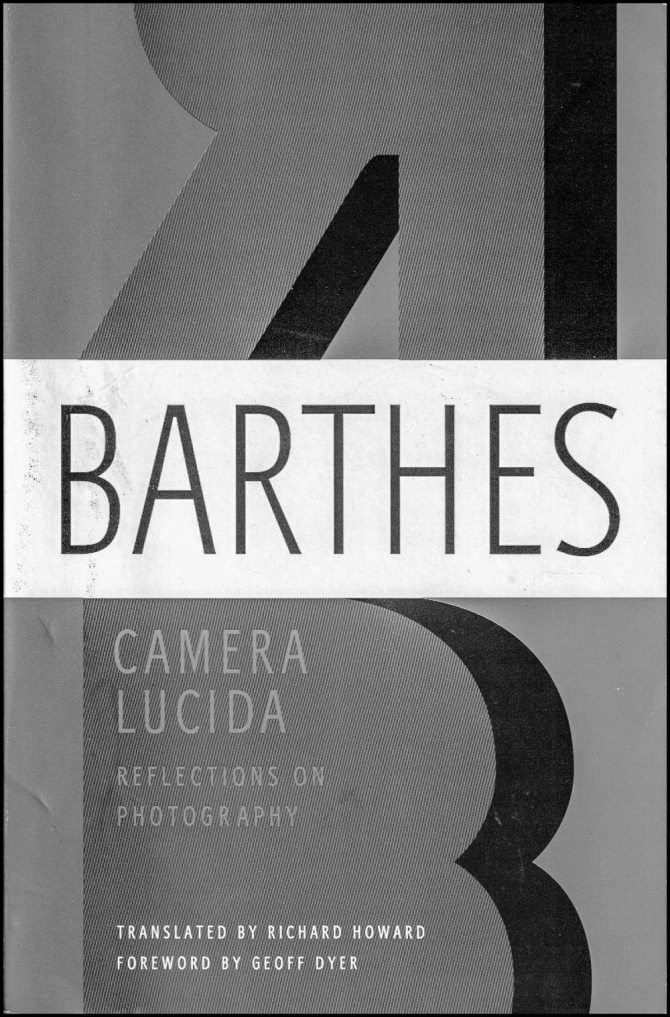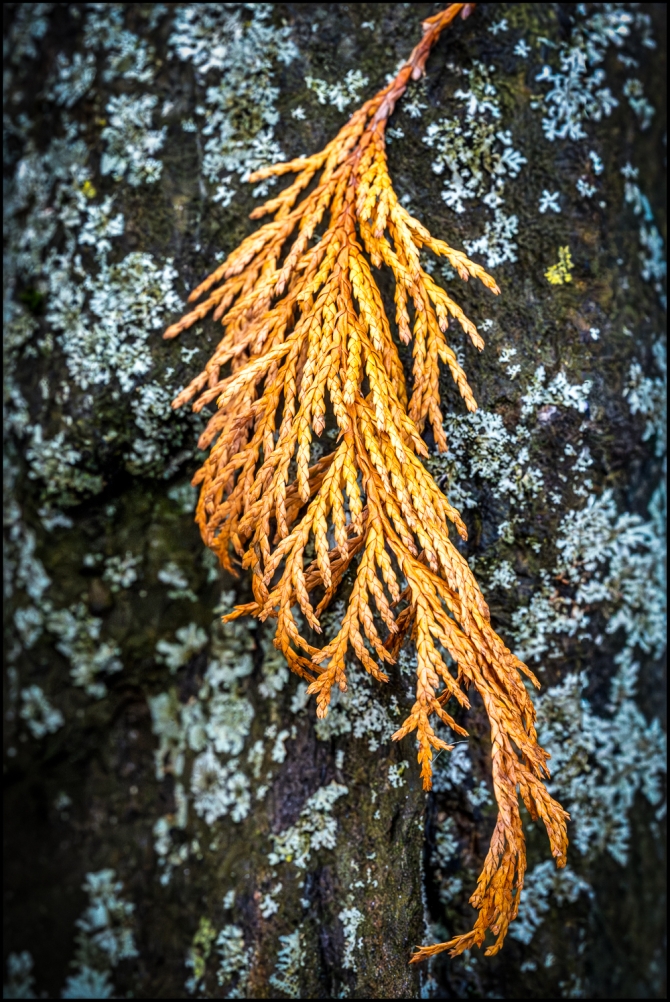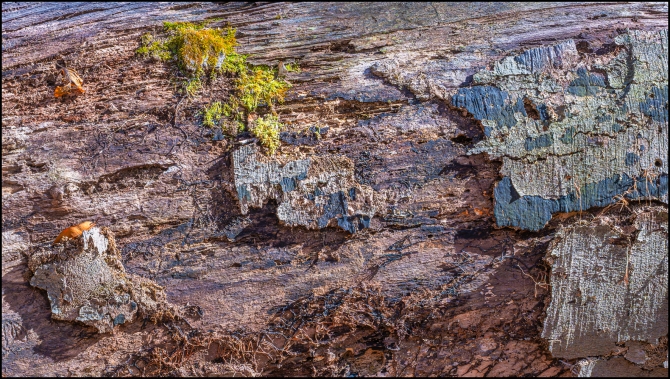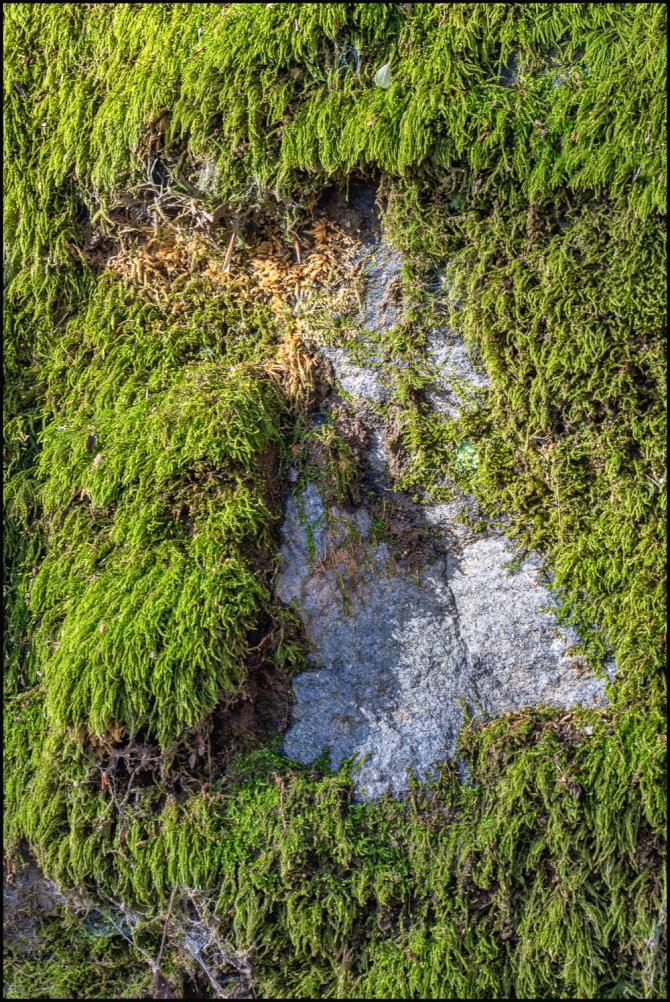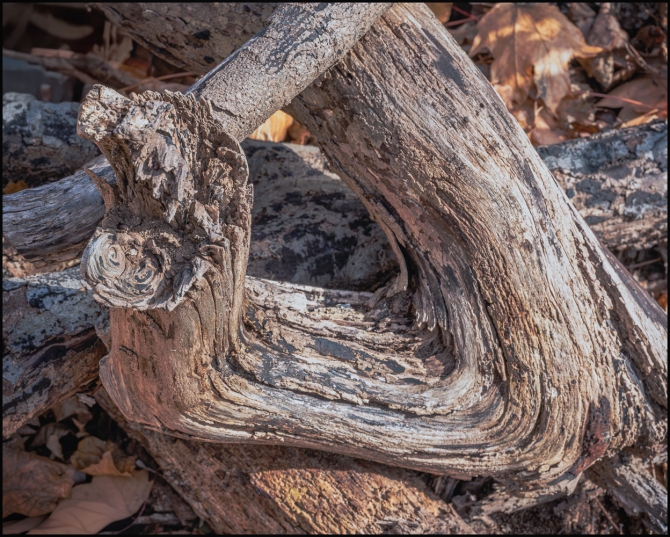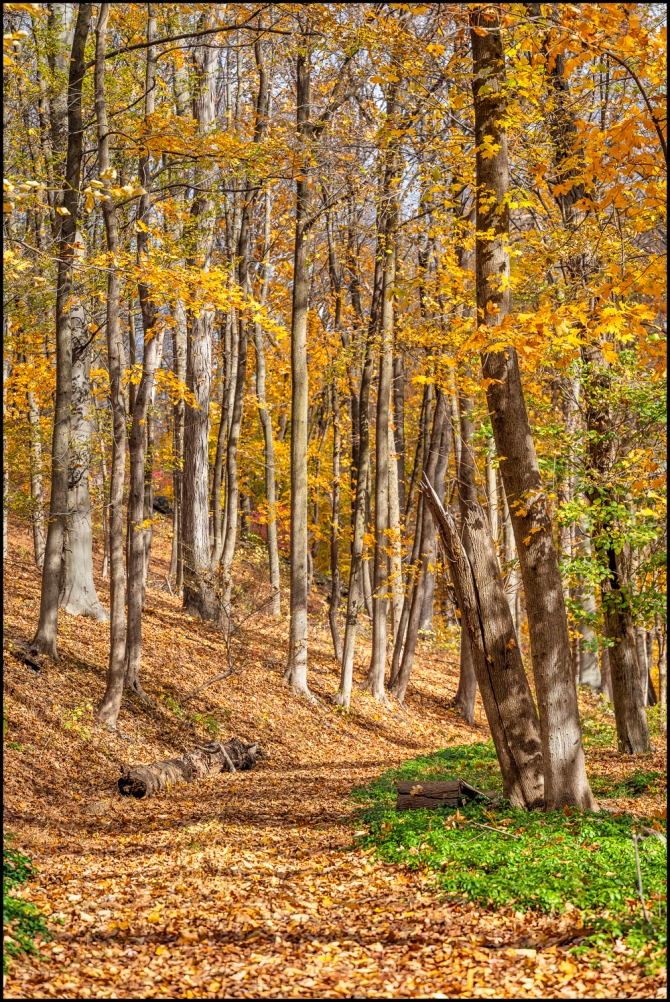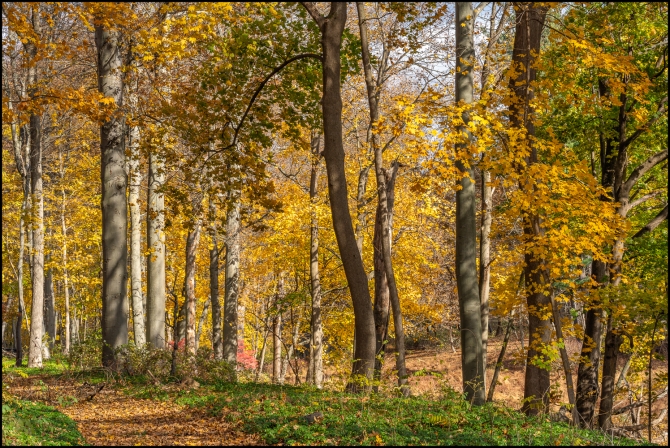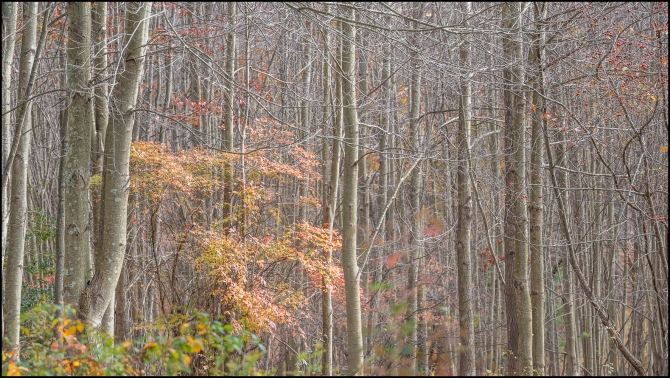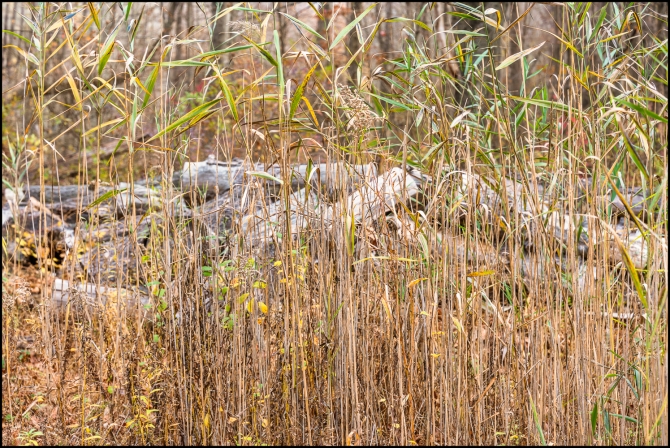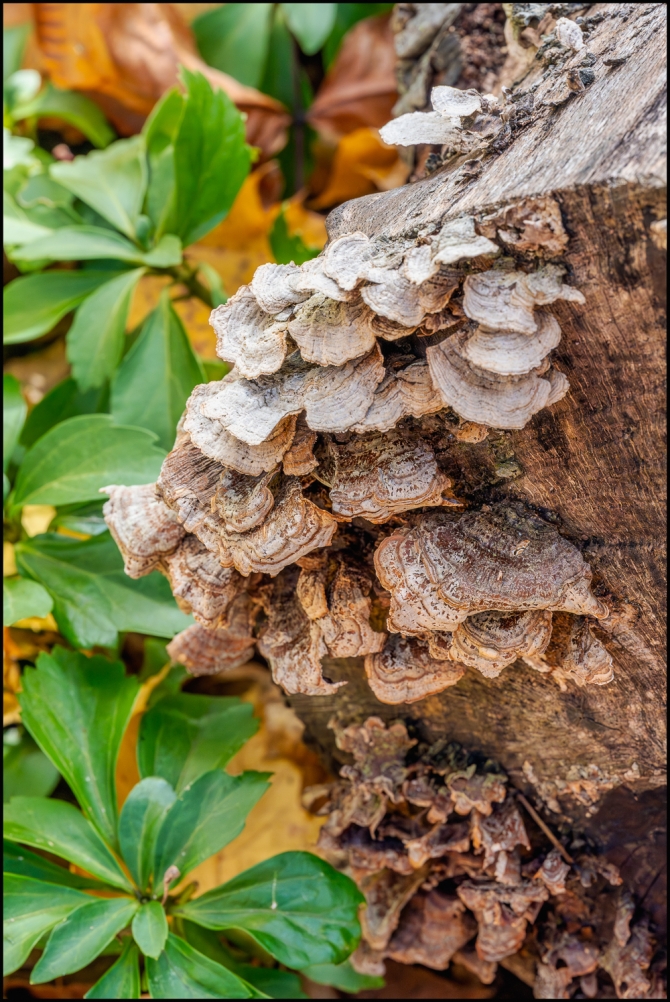I’m something of a “sucker” for books, articles etc. that deal with topics like: what is photography? is photography an art? am I an artist? I don’t know why I gravitate to (and buy!) such items, because invariably I don’t understand them, and often can’t get through them. They’re usually full off what I call “critic speak”: long, complex sentences peppered with foreign sounding words that I don’t know the meaning of and have to look up.
Two books of this nature, which are often recommended are “On Photography” by Susan Sontag and “Camera Lucida” by Roland Barthes. I bought “On Photography” some time ago and, predictably couldn’t get through it.
Being a glutton for punishment I recently acquired a copy of “Camera Lucida” with the same result: I can’t get through it.
Now please understand that I’m not attacking Ms. Sontag or Mr. Barthes. They’re both clearly highly intelligent and well-regarded people. And I’m willing to accept that the problem lies with me. I just don’t seem to be able to relate well to such books. So why do I keep buying them? I guess it’s probably because deep down inside I feel I should be able to understand them. And that maybe if I read enough of them, I’ll have some kind of epiphany, and all will become clear. But so far…
However, I haven’t completely given up on “Camera Lucida” yet. It’s in my bag and saying to me “Don’t give up. You can do it!”
In the meantime, there are many articles about “Camera Lucida”, too many to list in this post. Here’s a link to one of them: “Roland Barthes’ Camera Lucida: Absence as Presence“

